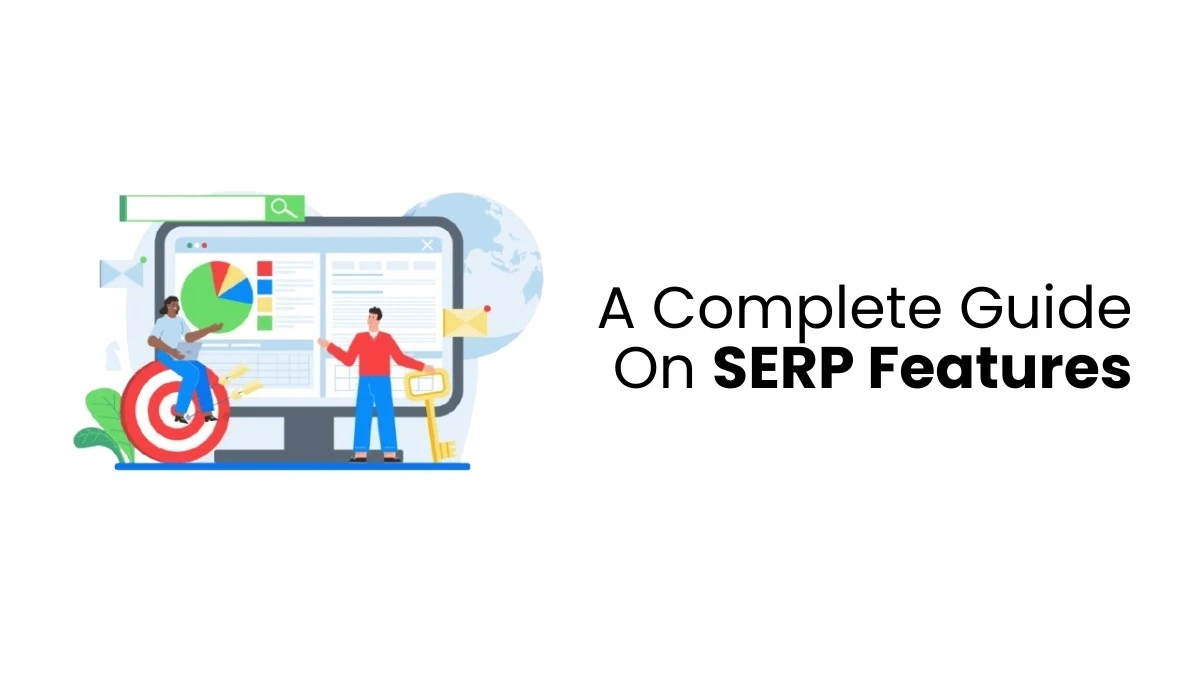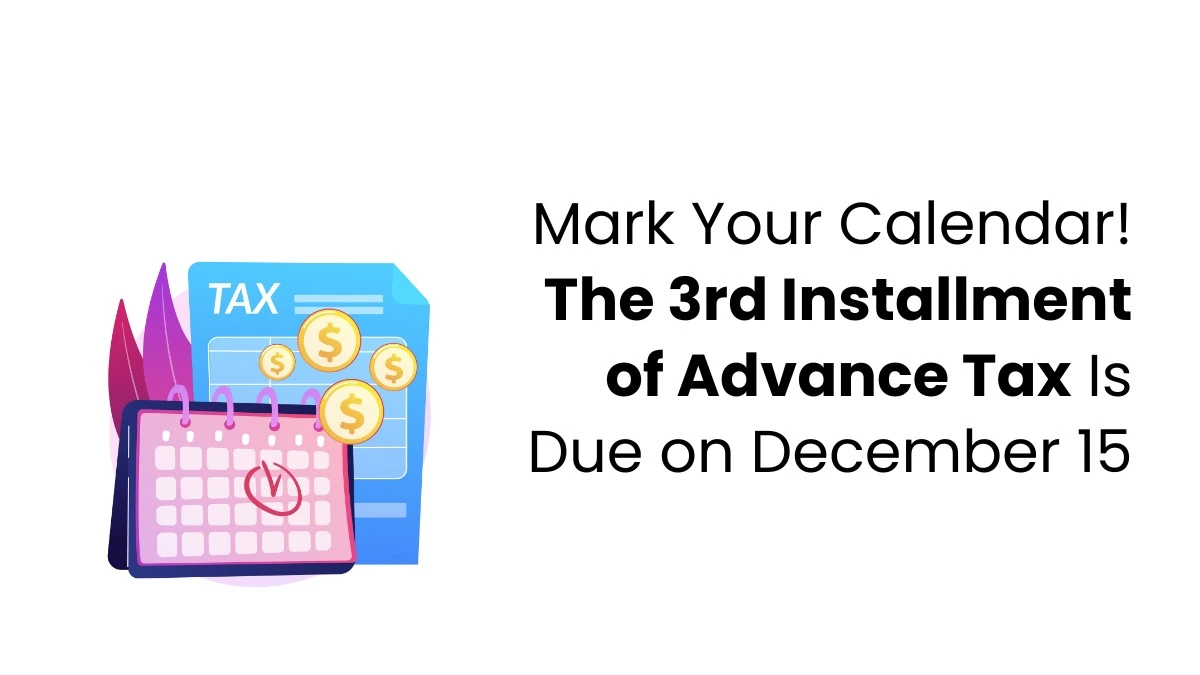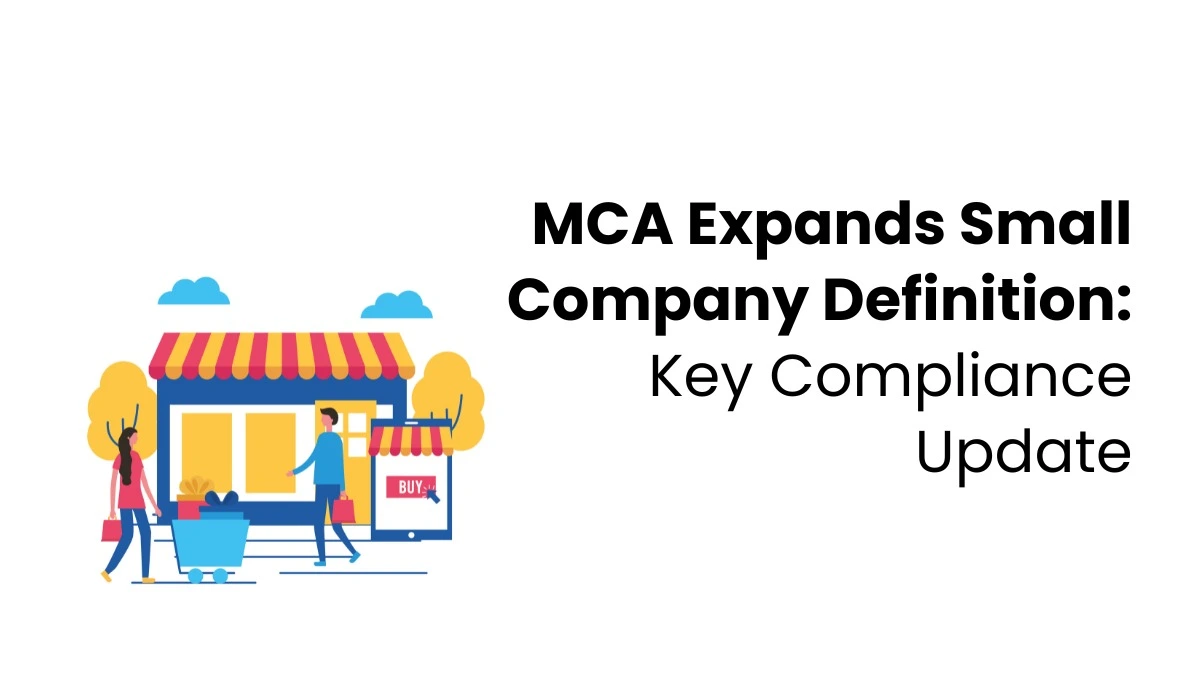Think your SEO is working just fine? Maybe, but the way people find content is changing fast. AI tools like ChatGPT and Google’s AI Overviews are giving users instant answers, often without clicking on any links. That means your well-optimised pages might be skipped entirely.
This is where GEO, Generative Engine Optimisation, comes in. GEO helps your content get picked up, quoted, and used in AI-generated responses. While you stick to old SEO tactics, your competitors may already be moving ahead.
In this guide, we’ll break down what GEO means, how it’s not the same as SEO, and why learning the difference between SEO vs GEO can help you reach both people and AI more effectively.
Understanding GEO and SEO
Let’s take a look at what GEO and SEO are, and then we’ll talk about how they differ.
SEO Basics: How People Find You Online
Think of your website as a little store. If it’s tucked away where nobody goes, nobody will find it. That’s what happens if you skip SEO. However, if you do SEO correctly, it’s like relocating your store to a busy street where numerous people pass by. When people search on Google for something you offer, SEO helps your page show up right in front of them. It’s not about luck, it’s about being found at the right moment, when someone is already searching for what you do.
The Key Ingredients Behind Good SEO
Think of SEO like a toolkit. Here’s what makes it work behind the scenes:
Using the Right Words
If people search for easy GBP description examples, make sure your content naturally uses those words. Don’t just stuff keywords; talk like your audience talks.
Earning Trust Through Backlinks
If reliable websites link to you, Google thinks that’s a good sign! The more good links you get, the better your search ranking will probably be.
Creating Content That Helps
Search engines love content that’s clear, useful, and easy to understand. In today’s world of SEO vs GEO, it’s all about creating the kind of content your audience needs, something both search engines and AI tools can easily use and share.”
Getting Technical Things Right
Make sure your site is quick, looks good on phones, and is easy for search engines to read. This will help them crawl and understand your site.
What Is GEO, and Why Is It Gaining Attention?
GEO, or Generative Engine Optimisation, is a new way of thinking about how we create content. Instead of just trying to rank high on Google, GEO helps make sure your content gets noticed by AI tools like ChatGPT, Perplexity, and Google’s AI Overviews.
These tools don’t give people a list of links; they give straight answers. To do that, they scan the internet, grab helpful info, and put it all together in a way that sounds natural. So, your content needs to be easy for AI to find, read, and reuse.
What Makes Content GEO-Ready?
To get AI tools like ChatGPT to utilise your content, keep it simple. Content that’s easy to understand works for both people and machines. Avoid using big words or confusing sentences; instead, be direct. If you write something clean, honest, and helpful, AI can read and trust it more easily. Think of it like talking to someone who speaks clearly – you pay better attention, right? AI is the same way. If your message is messy or hidden, it may skip over the important parts. That’s why understanding the balance between SEO vs GEO is so important. SEO helps people find you, while GEO helps AI pick up and share your content. Use clear headings, short paragraphs, and bullet points. These guide AI to what’s important without a lot of searching.
Simple Ways to Make Your Content GEO-Friendly:
- Keep it concise and straightforward – use simple language.
- Use clear headings, such as “How it works” or “Tips.”
- Answer real questions like you’re chatting with someone.
- Put the good content up top.
- Ensure it’s all accurate and easy to verify.
How AI Tools Choose What to Feature
AI tools are like quick learners. People visit many sites for information, but they don’t read everything. They want things that are easy to obtain, simple, and genuine. If your content’s a mess, too long, or confusing, they’ll skip it. It’s like when someone asks you something, and you just give them a straight, honest answer. They’ll remember that. That’s how AI chooses what to use. It likes content that sounds like it’s from someone who knows their subject well. Also, if you use clear examples and keep it chill, without trying to trick people with clickbait, AI will trust your content more.

What AI Looks for in Your Content:
- Clear, straight answers to common questions.
- Simple language that’s easy for anyone to follow.
- Honest facts backed by real sources or experience.
- A natural tone, like explaining something to a friend, not selling a product.
- Well-organised layout with clean sections, lists, or bold headings.
Comparison between SEO and GEO
- SEO ranks your site on Google, while GEO gets your content into AI answers.
- SEO brings clicks, but GEO brings mentions without clicks.
- SEO uses keywords and links, GEO relies on clarity and structure.
- SEO shows links, GEO gives direct answers.
- SEO drives traffic, GEO builds visibility inside AI tools.
- SEO follows search engine rules, GEO matches how AI reads content.
- Using both is smarter, since they cover different ways people find you.
How Does Traditional SEO Actually Work?
- SEO, or Search Engine Optimisation, ensures your content appears on Google and other search engines.
- Search bots (they’re like digital scouts) check out your website by clicking on your links.
- They capture your page information and store it in an extensive database.
- When you search for something, Google checks its content to find the best web pages for you.
- How high a page ranks depends on things like the words used, how fast the page loads, if the page is useful, and if the links are good.
- If your page has all the right content, it could show up near the top of the search results.
What About GEO, How Does That Work?
- GEO means Generative Engine Optimisation. It’s made for AI tools such as ChatGPT, Perplexity, and Google’s AI Overviews.
- Unlike search engines that give you lists of links, these AI tools just give people answers right away.
- These AI models check out the internet, grab what seems like useful content, and put it all together to answer in a way that sounds like a real person wrote it.
- So, if your writing is clear and sounds real, an AI could end up using it when it replies to someone.
- Your content could get quoted, even if people don’t click through to your website.
What’s the Real Difference Between SEO and GEO?
SEO helps your page show up in search results. GEO helps your words land directly in AI answers. SEO gets people to click to your site, while GEO puts your message right where they’re looking—in the AI’s reply. The best approach? Do both. That way, no matter if someone uses a search engine or talks to an AI, they see what you’ve got, especially if you’re promoting something like a digital marketing course.
How GEO and SEO Help Each Other
- Write clearly and be helpful—Google and AI will both notice.
- Show what you know to build trust with search engines and AI.
- Use headings that are easy to see to make your content easy to follow.
- Answer common questions simply to help Google and AI.
- Update your best content by making it easier to read.
- Ask questions like people ask in everyday conversation.
- Get right to the point.
- Make sure your website is fast, works on phones, and is easy to find on Google so people can find you.
Final Thoughts
Today, it’s not enough to just show up in Google results. People are now getting answers from tools like ChatGPT without even clicking a link. If your content doesn’t work for both search engines and AI, it might go unseen. Using both concepts together helps you stay visible in both places—on search pages and inside AI answers. It’s not about picking one, but making them work as a team. If you’re serious about growing online, joining a trusted digital marketing training institute in Calicut can teach you how to create content that works for both worlds.
FAQs:
1. Is SEO alone enough today?
Not really. Before, people searched on Google and clicked on websites. Now, many people use AI tools like ChatGPT. These tools give answers right away without showing many websites. So, SEO alone may not help anymore.
2. What does GEO do differently from SEO?
GEO helps your words get used by AI. If your writing is simple and clear, AI tools might take your answers and show them to people. Even if they don’t click your site, they’ll still see your name or message.
3. Can I turn old SEO content into GEO content?
Yes! You don’t have to start over. Just take the old content you have and make it easier to read. Use short sentences, clear headings, and easy-to-understand words. That way, both AI and Google can read and use it.
4. How do I know my content works for both SEO and GEO?
Ask yourself: Is it easy to read? Does it answer real questions? Does it help? If so, it’s good for SEO and GEO. Google likes things to be well-organised. AI prefers writing that is clear and simple.
5. Is GEO only for big companies?
No. It’s possible for anyone to do it. People who own small businesses, students, or even people who are just starting out can make GEO content. You just need to write in a way that is clear, honest, and easy for people to understand. No fancy tools are needed.










